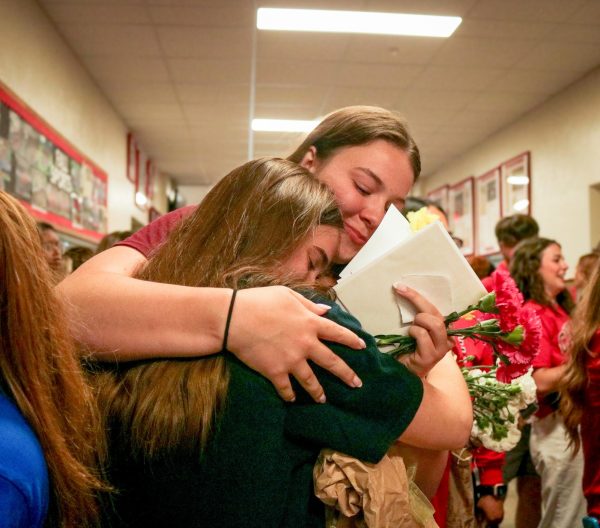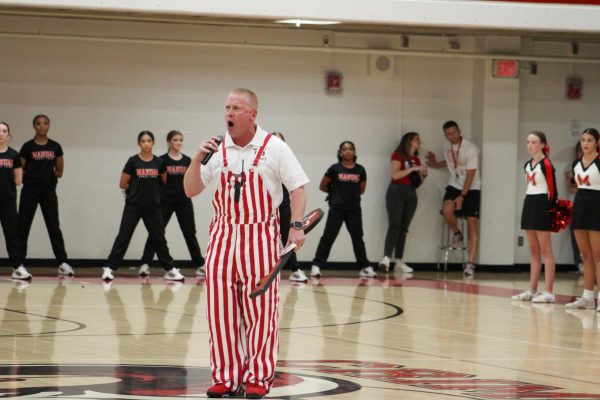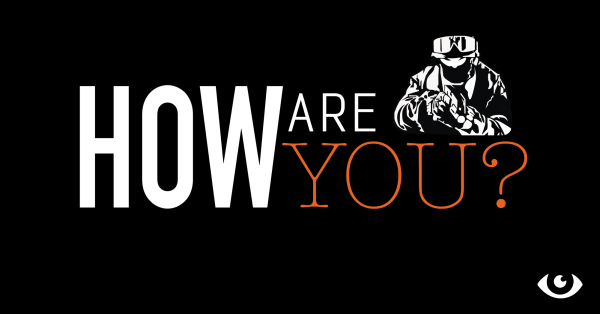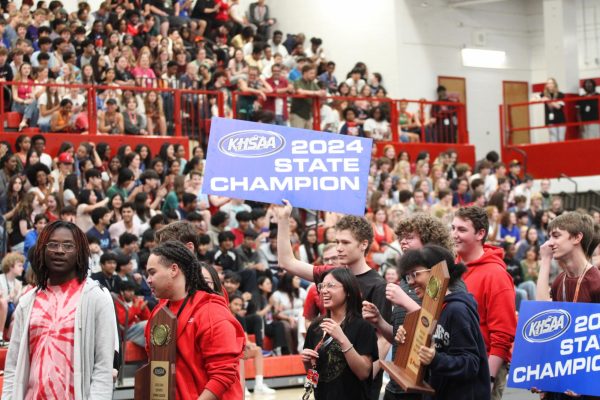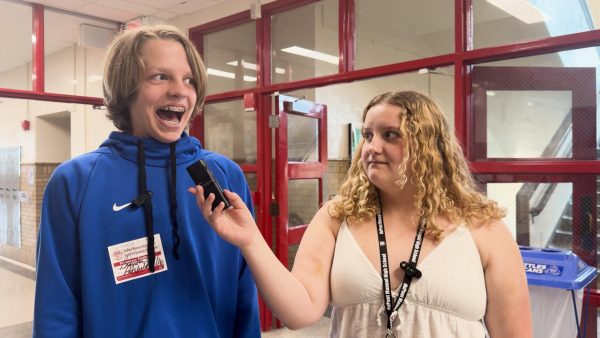OPINION: Do modern walkouts effectively produce social change?
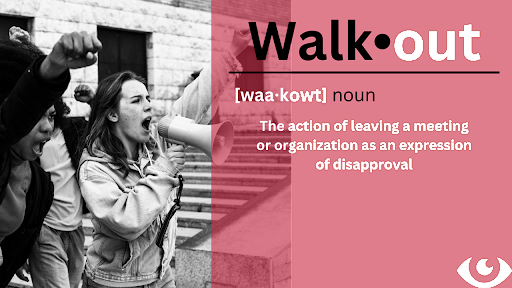
Merriam-Webster defines walkouts as “the action of leaving a meeting or organization as an expression of disapproval”. Photo by Stefano Oppo. Design by Dia Cohen.
March 25, 2023
Walkouts are an accessible way for students to voice their beliefs publicly. As most high school students are too young to vote and lack the platform necessary to be heard, a walkout can be a great strategy for youth advocates. Because students spend upwards of 35 hours a week at school, using their setting as a launching pad for advocacy is an easy decision. Additionally, walkouts provide a way for many students to unify under a coherent message.
For students, school is their primary job, so a walkout can be compared to a job strike in this way. When students walk out, they are refusing to do their “job” because they care so strongly about an issue. Many can argue that the purpose of school is to prepare kids to enter the workforce and contribute to society. By refusing to comply with this expectation, even only for a short period of time, students can make a colossal difference in their communities.
Merriam-Webster defines walkouts as “the action of leaving a meeting or organization as an expression of disapproval”. In many situations, walkouts are drivers of “cultural awakening”. For example, in March 1968, thousands of Mexican-American high school students left their classrooms to protest the injustices in their public school system. This is considered one of the most famous examples of school walkouts in history. Los Angeles, home to a large number of Mexican-American families, protested to bring attention to the discrimination they faced daily. Oftentimes, their classrooms were overcrowded, teachers were underqualified, and buildings were battered. Additionally, their education was oriented toward domestic training as opposed to preparatory classes for college.
“The discriminatory system was thus funneling Chicanos into jobs as laborers and preventing their social advancement,” Britannica writes.
After pleading with administrations, students staged a walkout for the morning of March 6, 1968. However, an unexpected walkout broke out at another school in protest of the cancellation of a play. In the span of just a few days, “between 15,000 and 20,000 students from seven high schools” participated in multiple walkouts, which went on for about a week. Although many student proposals were rejected, the East LA walkouts contributed to civil rights reform for Latinos throughout California.
Manual has had various walkouts in recent years. In 2018, students honored the victims of the Parkland Fl. shooting. In 2019, they supported The Green New Deal. Many current students participated in the walkout last year against the overruling of Roe v. Wade. Manual’s most recent walkout at the beginning of March was in protest of anti-trans legislation. But how effective are walkouts as a form of protest?
Other Kentucky high schools, including several schools in JCPS such as Atherton and Brown, had walkouts prior to Manual’s in response to the anti-trans legislation. Despite all the walkouts and resulting press coverage, discriminatory bills still passed through Kentucky’s Congress. In an age where politics are more partisan than ever, it seems that lawmakers aren’t even listening to the cries of the people they are supposed to represent.
However, what distinguishes the East LA walkouts from many modern walkouts is that multiple happened concurrently and in quick succession. One school protesting every couple of weeks won’t attract the attention of lawmakers the same way multiple schools simultaneously walking out for a week will. There’s power in numbers and consistency over a long period of time.
The devotion to a cause is more noticeable when one willingly abandons school for a longer duration. Most recent school walkouts conclude after about 30 minutes of protesting. The majority of students are too worried about their attendance, GPA, and angering staff to effectively fulfill the purpose of walking out. It is worth noting that the administration can be applauded for coming up with a solution to allow students to express their opinion while also maintaining order and safety. However, the walkout and resulting ‘walk-in’ has an immediate attitude shift back to “business as normal”, and does not have the same effect as traditional walkouts.
School walkouts are usually more effective when advocating issues that can be controlled by school or district administration, as these authoritative powers directly witness the walkouts, and therefore feel more connected to the actions and beliefs at hand. For example, the East LA walkouts exemplified students who protested discrimination on a district level. In matters of state or national policies, rallies, sit-ins or in-person lobbying can be more impactful.
Additionally, we have to consider when problems are too big and complicated for one school walkout to take care of. Many issues now are so complex and multifaceted, it can be overwhelming to even know where to begin when it comes to advocacy. There were three pieces of legislation protested at the March 1 walkout, and a number of other anti-trans bills could have been added to the list. Every small win for a cause is overshadowed by an onslaught of losses. When issues are so clearly massive partisan undertakings, how can a group of defiant students even begin to create effective social change?
One group trying to do this is March For Our Lives. The group started with 28 students who survived the school shooting in Parkland Fl. in 2018. The organization advocates for gun control laws across the country and has become a nationwide movement, influencing legislation in Florida as well as other prominent red states.
The power of the walkout should not be underestimated. School walkouts are important forms of civil disobedience. The greater symbolism of them underscores that students are directly defying authority. When youth do walkouts, they are sending a message to the world that not only do student voices matter, but they are aware and want to keep government officials accountable. Their voices deserve to be a part of the conversation, especially considering students are the generation that will have to live with the consequences of the decisions made today. It seems that something as physically defiant as a walkout is needed to get adults to notice the opinions of students. Kids are usually expected to just go along with what the adults say, but by walking out they are sending the message that their voices should be taken seriously too.








